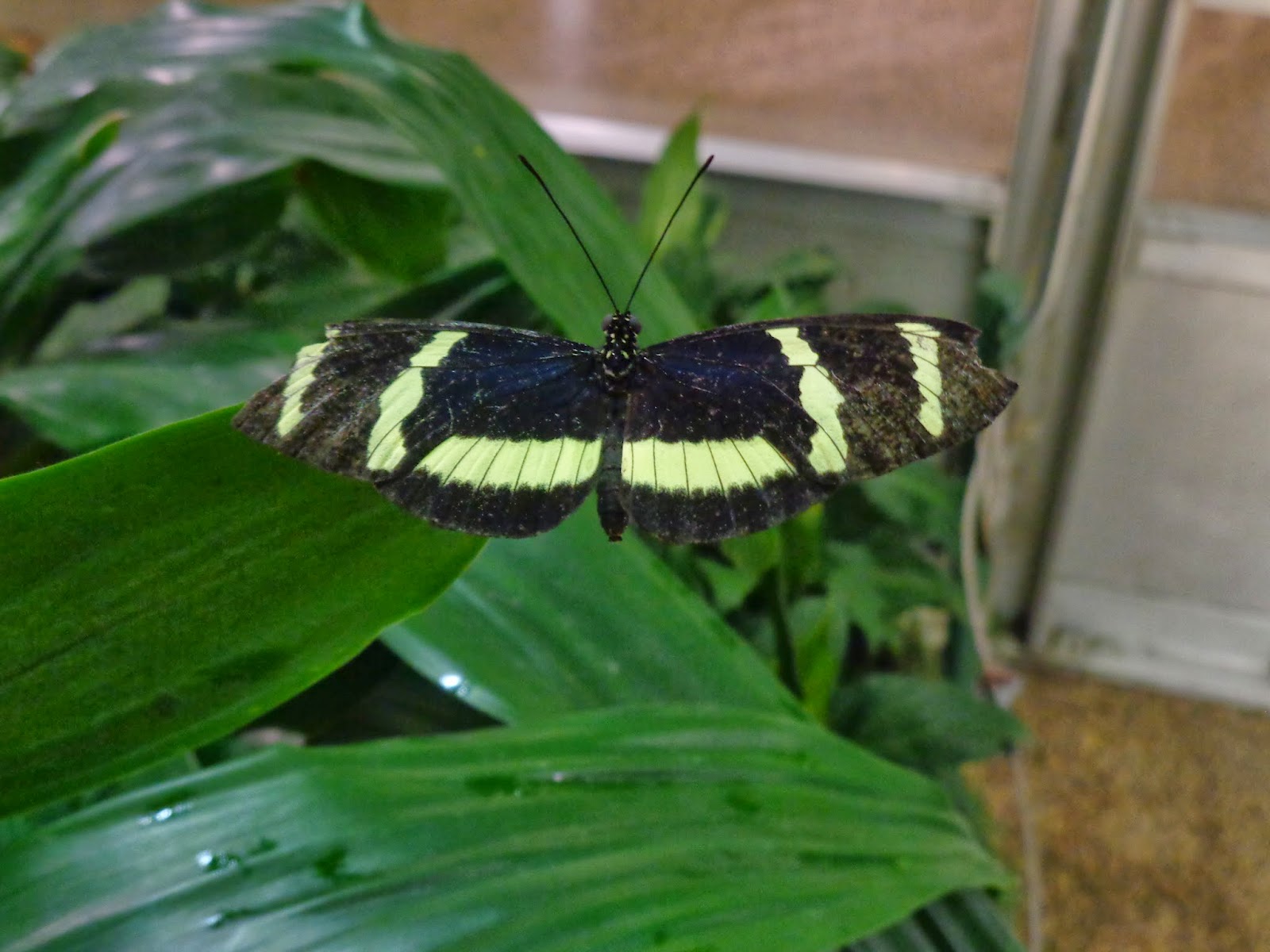Catocala palaeogamma 08-08-14
So this year Entomologically (and personally) has been amazing and there have been so so many lovelies this year and their diversity has astounded and amazed me to no end. I'm currently at the library blogging this so I'm pressed for time so I can't ramble. *^^* On with the photos and lists:
In no particular order:
Heliothis phloxiphaga
Morrisonia confusa (2)
Paectes sp.
Mythimna unipuncta
*Halysidota harrisii (6 1 adult 5 larvae)
Microcrambus elegans
Immyrla nigrovitella
Hofmannophila pseudospretella
Acleris semipurpurana
Choristoneura rosaceana
Clepsis peritana
Halysidota harrisii 06-15-14
Evergestis pallidata
Pleuroprucha insulsaria (TONS of these this year)
Pyralis farinalis
Chalcoela iphitalis
Catocala palaeogamma (6-7)
Catocala innubens f. scintillans
Catocala micronympha
Promolactis suzukiella
Autographa gamma/precationis
Sciota uvinella
Eupithecia miserulata
Heliothis phloxiphaga 05-08-14
Cenopsis pettitana
Idia americalis
Nematocera resistaria
Dichomeris ligulella
Atteva aurea
Numerous unidentified micros.......>__<
*ANTHERAEA POLYPHEMUS!! (Breading attempts from Pennsylvania)
Pieris rapae chrysalis!!
Had to add this as it's the first one that I found.....♥ Along with one other unidentified moth pupa rolled up in a leaf (Tortricidae? Pyraloidea?)
I wound up with 8 of these babies. 5 males 3 females. Sadly none of them mated. Will hopefully try again next year. Have to wrap up now. I hope you all have a wonderful New Year and stay safe!! Will post more photos later.
ɛïɜ
So this year Entomologically (and personally) has been amazing and there have been so so many lovelies this year and their diversity has astounded and amazed me to no end. I'm currently at the library blogging this so I'm pressed for time so I can't ramble. *^^* On with the photos and lists:
In no particular order:
Heliothis phloxiphaga
Morrisonia confusa (2)
Paectes sp.
Mythimna unipuncta
*Halysidota harrisii (6 1 adult 5 larvae)
Microcrambus elegans
Immyrla nigrovitella
Hofmannophila pseudospretella
Acleris semipurpurana
Choristoneura rosaceana
Clepsis peritana
Halysidota harrisii 06-15-14
Evergestis pallidata
Pleuroprucha insulsaria (TONS of these this year)
Pyralis farinalis
Chalcoela iphitalis
Catocala palaeogamma (6-7)
Catocala innubens f. scintillans
Catocala micronympha
Promolactis suzukiella
Autographa gamma/precationis
Sciota uvinella
Eupithecia miserulata
Heliothis phloxiphaga 05-08-14
Cenopsis pettitana
Idia americalis
Nematocera resistaria
Dichomeris ligulella
Atteva aurea
Numerous unidentified micros.......>__<
*ANTHERAEA POLYPHEMUS!! (Breading attempts from Pennsylvania)
Pieris rapae chrysalis!!
Had to add this as it's the first one that I found.....♥ Along with one other unidentified moth pupa rolled up in a leaf (Tortricidae? Pyraloidea?)
I wound up with 8 of these babies. 5 males 3 females. Sadly none of them mated. Will hopefully try again next year. Have to wrap up now. I hope you all have a wonderful New Year and stay safe!! Will post more photos later.
ɛïɜ
















